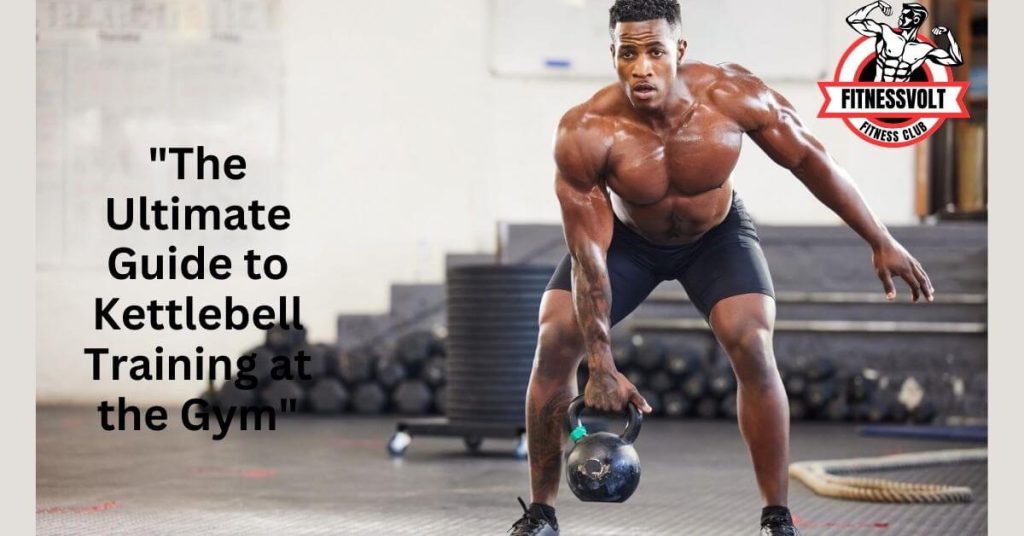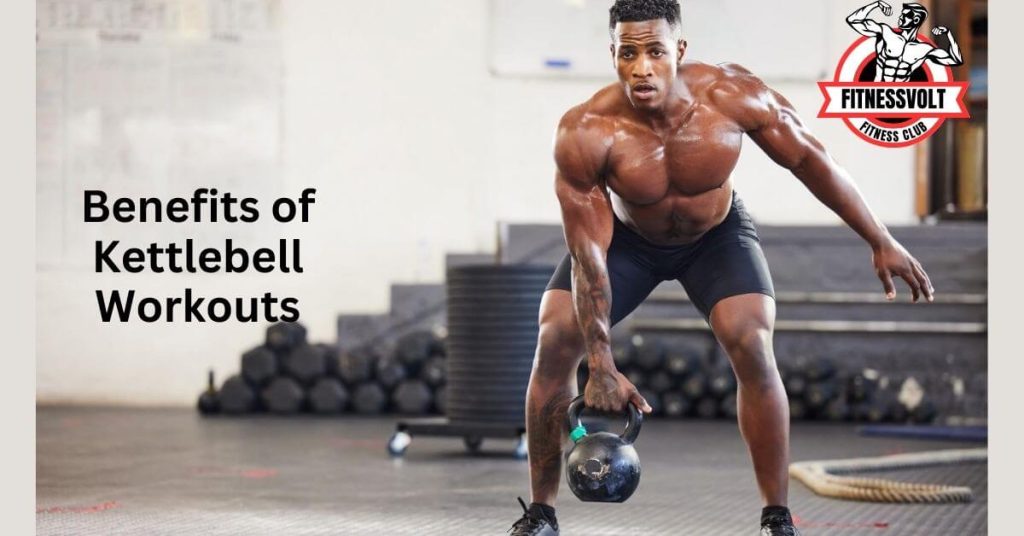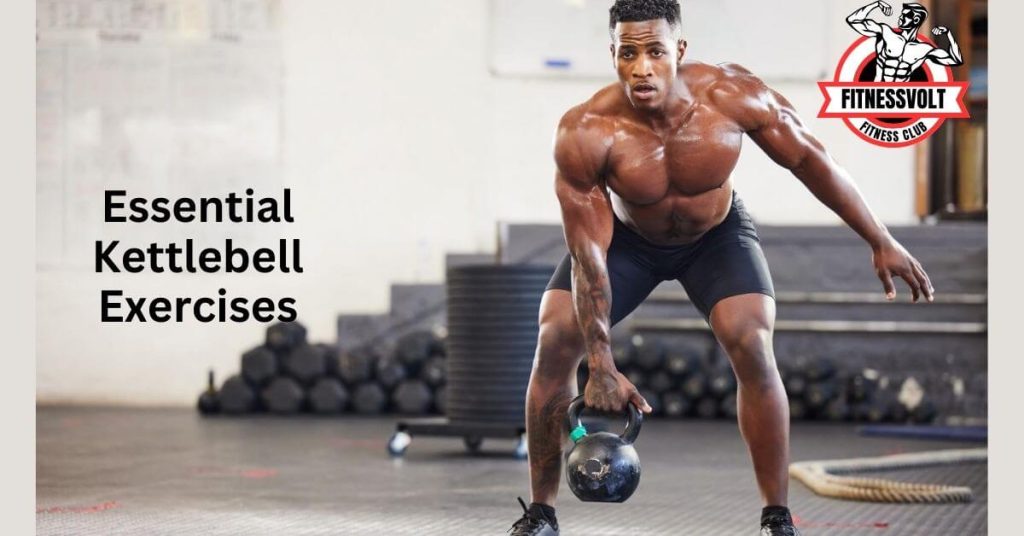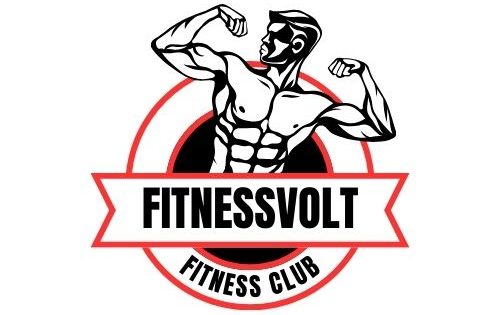It can be very overwhelming to walk into a gym and now know where to begin, with tons of different machinery options staring back at you. In this respect, you are likely to notice kettlebells as a versatile and darn useful way to get exercise Done! Whatever your experience level, you can benefit from working out with a kettlebell. So, what is a kettlebell and what makes it so valuable in your routine?

What Is a Kettlebell?
A Kettlebell is a ball of solid metal or steel weight that often looks like a cannonball (with an attached handle). This unique setup is ideal for creating an assortment of dynamic movements that are almost impossible to simulate on any other type of gym equipment. Kettlebells allow for unique strength training exercises that blend cardiovascular, strength, flexibility, and balance.
History and Evolution of Kettlebell Training
A Journey through the Story of Kettlebell: Originating in Russia where farmers used this contraption to weigh crops around the 18th century. Eventually, this developed into physical training and strength competitions. As early as the 20th century, kettlebell training was being used throughout Europe and eventually became a widely practiced method of functional fitness for all areas in the world.
Why Choose Kettlebell Workouts?
When you kettlebell workout, you get it done in no time. Full body workout in less time than traditional weightlifting or cardio sessions. Also, kettlebells are extremely versatile pieces of equipment that can be used to perform a variety of exercises that hit different muscle groups at once. That makes these a great shoe for the person seeking peak performance during exercise.
Benefits of Kettlebell Workouts

Full-Body Conditioning
Kettlebell exercises are also popular for hitting every muscle group in your body. For example, the kettlebell swing and Turkish get-up are notoriously difficult because they require multiple muscles to work at the same time which makes them both a muscle tonic and strength exercise for you. No matter if you are looking for strength, endurance, or a pronounced training of muscle tone – with kettlebells it is possible.
Cardiovascular and Strength Training Combined
Dr. Shanks explains that kettlebell workouts involve high-repetition, explosive movements that get your heart rate up while also building strength. This dual action of Kettlebell training means that can use this exercise with type 2 diabetes to improve their cardiovascular health and even gain some muscle too.
Flexibility and Mobility Improvement
A lot of kettlebell exercises are done from a full range of motion, and this will help you increase flexibility and improve joint mobility. The goblet squat and the windmill encourage good joint alignment, and develop flexibility so that your body can take more stress before it gets injured.
Enhanced Core Stability and Balance
Because a kettlebell is extremely off-centered, almost every single thing you do with it forces your core to stabilize. Additionally, they contain an emphasis on core stabilization during heavy movements such as the kettlebell windmill or The Turkish get-up that will significantly increase overall balance and coordination.
Calorie Burn and Weight Loss
Kettlebell workouts are rigorous and work out a large number of muscles, which means that you can burn a huge amount of calories in less time. The combination of both strength training and cardio allows you to experience optimal fat loss, without losing any muscle mass while the afterburn effect is particularly high with kettlebell training.
Essential Kettlebell Exercises

Kettlebell Swing
The Kettlebell Swing, as simple as it is, is the cornerstone of proper kettlebell training. It’s a powerful and energetic move hitting the hips, butt, and hamstrings, recruiting our core for stabilization as well as shoulders.
How to Perform the Kettlebell Swing?
- Begin in a position with your feet about shoulder-width apart and the kettlebell roughly two to three feet in front of you.
- Bend at the hips, keep your arms straight, and grab the kettlebell in both hands.
- Back Flat, Swing The KB Back Between Your Legs
- Open up your hips to swing the kettlebell explosively up to chest level.
- Let the kettlebell swing back down, then do it again.
Common Mistakes to Avoid
- Swinging with a rounded back.
- Pulling the kettlebell up with your shoulders rather than a hip drive.
- Too Heavy of A Weight, Before You Can Master Form
Kettlebell Goblet Squat
Want a gnarly exercise to build your quads, glutes, and core? Look no further than the goblet squat.
How to Perform the Kettlebell Goblet Squat?
- Hold onto the kettlebell by the horns (the sides of the handle) close to your side.
- Stand with your feet slightly wider than shoulder-widthampoline park apart.
- Lower into a squat by bending your knees and hinging at hips.
- Keep the chest upright and elbows close to your body.
- Additional Tip: Press through your heels to return the back to the standing position.
Common Mistakes to Avoid
- Letting your knees collapse in.
- Leaning too far forward Putting too much strain on your lower back.
- Heel lift from the floor.
Kettlebell Deadlift
Editors of Power and Fitness Best The kettlebell deadlift is a great exercise for hammering the posterior chain (glutes, hamstrings, and lower back.
How to Perform the Kettlebell Deadlift?
- The kettlebell is positioned between the legs in a stance with feet at hip-width.
- Bend over at your hips center and take kettlebell in you both hands to ensure keep your back straight.
- Pull yourself in and drive through your heels to bring the kettlebell back to a standing position.
- At the top, squeeze your glutes. Then place the kettlebell back down.
Common Mistakes to Avoid
- Snapping your lower back up off the floor to begin the lift with a rounded back.
- At the top, hyperextend your knees.
- Not hinging the weight up with legs.
Conclusion
All told kettlebells are a versatile and efficient way to increase your overall physical fitness. The individual design makes them suitable for many exercises that help in strengthening, stability muscles endurance, and flexibility. With kettlebell exercise, fitness can improve, but it also addresses overall health and lifestyle. Whether you are looking to use them for high-intensity workouts or just home-friendly and targeted rehabilitation exercises, kettlebells provide a versatile solution to many fitness goals. Proper execution of the exercise needs to be given priority like any exercise equipment for getting the most benefit without risking an injury..


